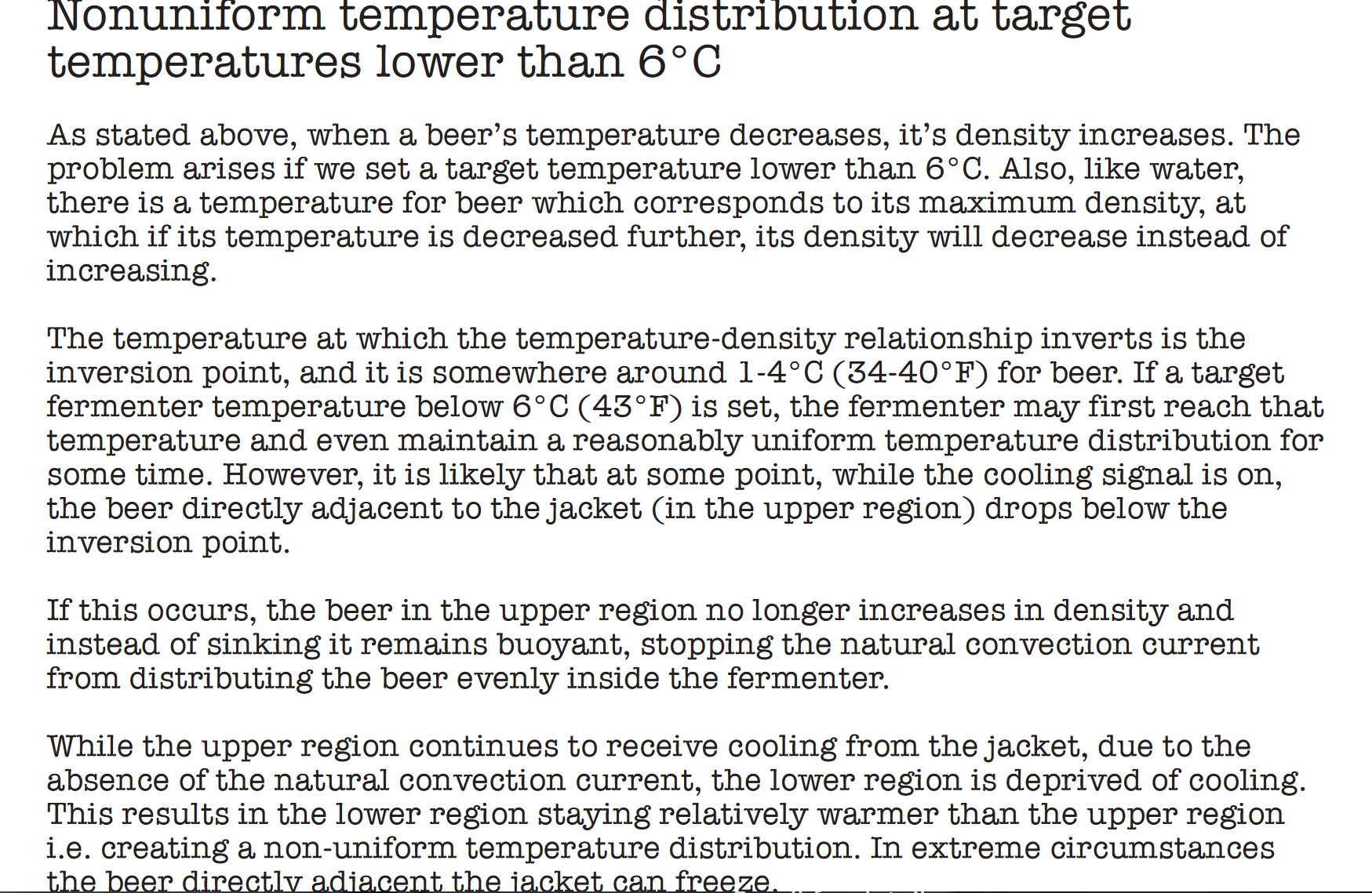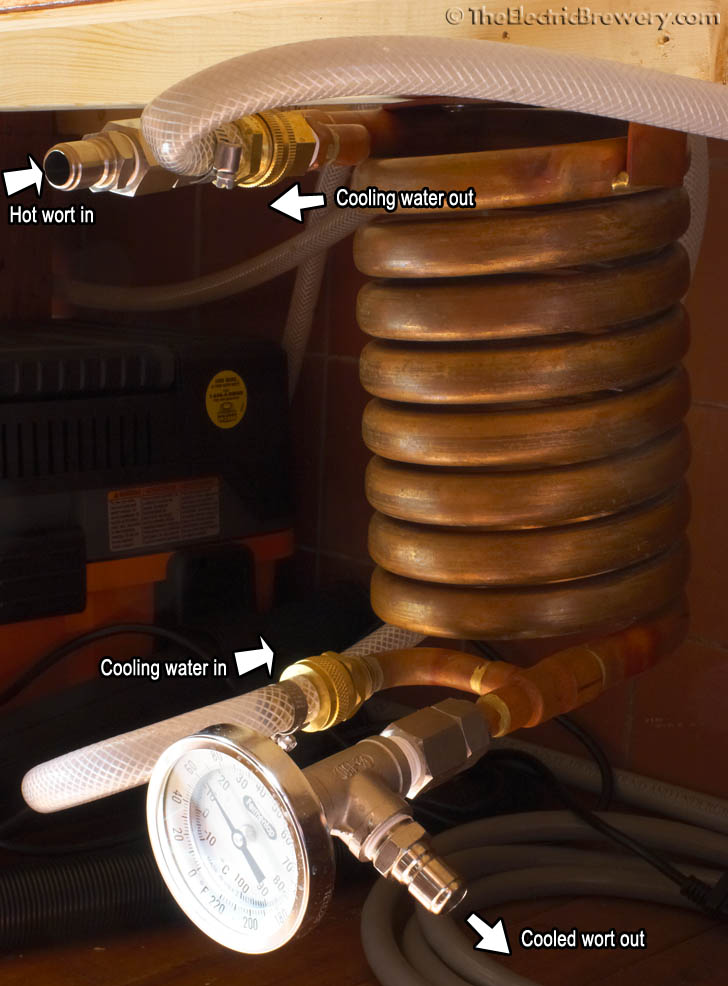Stand
Well-Known Member
I might catch flack for this, but as a though, how hard would it be to do no-chill in a conical? I was thinking it might save me a ton of time and I could pull wort from actual batch to make a yeast starter and save time on that as well. Maybe throw a box-fan in my upright freezer to cool until it gets close to room temperature and then turning on my freezer to hit pitch-temp.
Anybody tried doing this? Only problem I can think of is that I'd have to leave it unsealed to cool to avoid a vacuum, although I could attach CO2 to avoid this . . . which comes with its own problems I realize. I know those no-chill folks who use cubes fill them entirely to avoid this and have more flexible vessels, so that might make it a no-go.
Anybody tried doing this? Only problem I can think of is that I'd have to leave it unsealed to cool to avoid a vacuum, although I could attach CO2 to avoid this . . . which comes with its own problems I realize. I know those no-chill folks who use cubes fill them entirely to avoid this and have more flexible vessels, so that might make it a no-go.













































![Craft A Brew - Safale S-04 Dry Yeast - Fermentis - English Ale Dry Yeast - For English and American Ales and Hard Apple Ciders - Ingredients for Home Brewing - Beer Making Supplies - [1 Pack]](https://m.media-amazon.com/images/I/41fVGNh6JfL._SL500_.jpg)














